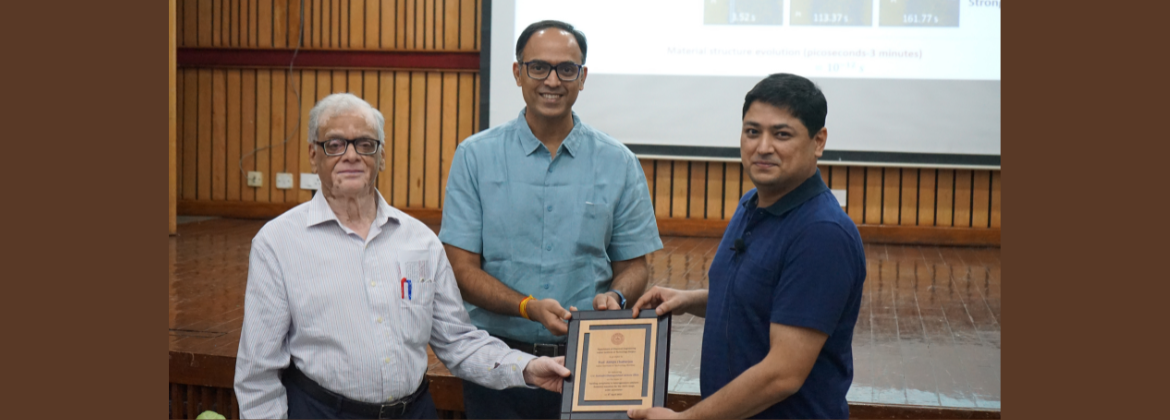+91-512-259-7629
+91-512-259-7629

Achieving an accurate depiction of the catalyst surface can be a challenging task, as the catalyst atoms and adsorbed molecules typically order/arrange themselves in a manner that is far from perfectly-random. The catalytic system can be thought as being composed of components that interact in ways that lead to nonlinearity, collective dynamics, hierarchy and emergent behavior. The short-range order (SRO) parameter often becomes a useful mathematical quantity for understanding the global structure. SRO refers to the likelihood of finding atoms/molecules of a particular type, in the vicinity of others atoms of same/another type. The SRO parameter is dictated by both micro- and macro-scopic parameters, such as time, interactions, thermodynamics and kinetics (reactions, diffusion, and other transport processes). I will discuss evolution equations for the SRO parameter. These equations can help provide an accurate picture of the thermodynamics and kinetic behavior in a variety of complex systems. Examples will be provided on how this new formalism can help bridge experiments and atomistic methods.
Prof. Chatterjee received his bachelor and masters degrees from IIT Delhi, and Ph.D. degree from University of Delaware. He joined Los Alamos National Laboratory as Director's postdoctoral fellow in 2007. In 2009, he joined the Department of Chemical Engineering at IIT Kanpur as Assistant Professor. In 2013, Dr. Chatterjee joined the Department of Chemical Engineering at IIT Bombay, where he is presently a full Professor. Dr. Chatterjee's research group is well known for pioneering the development of new multiscale computational methods for investigating materials with applications in catalysis, fuel cells and batteries. He has received a number of prestigious awards from NASI, INSA and INAE. He is currently a member of the editorial board for Modelling and Simulation in Materials Science and Engineering (MSMSE).